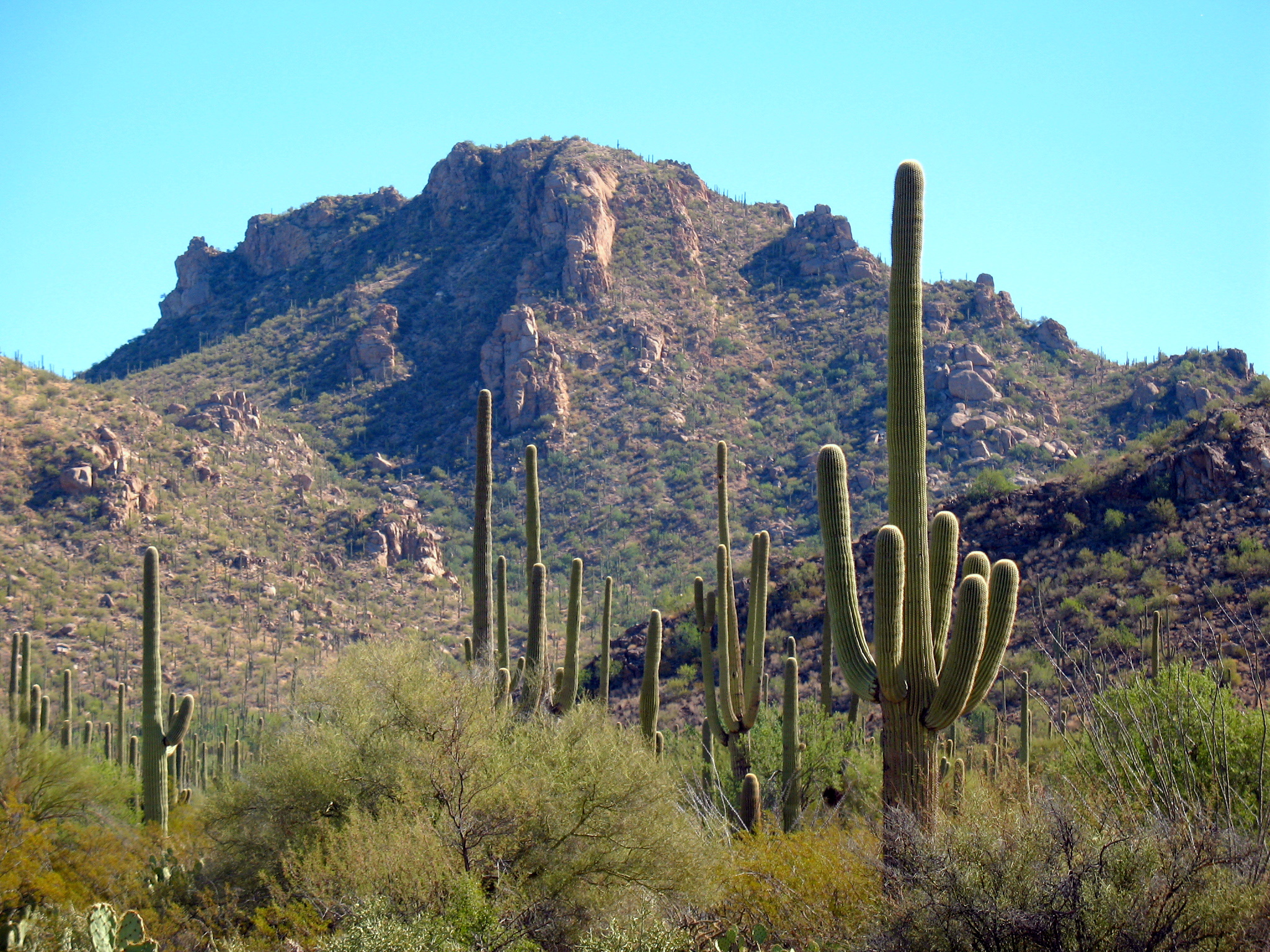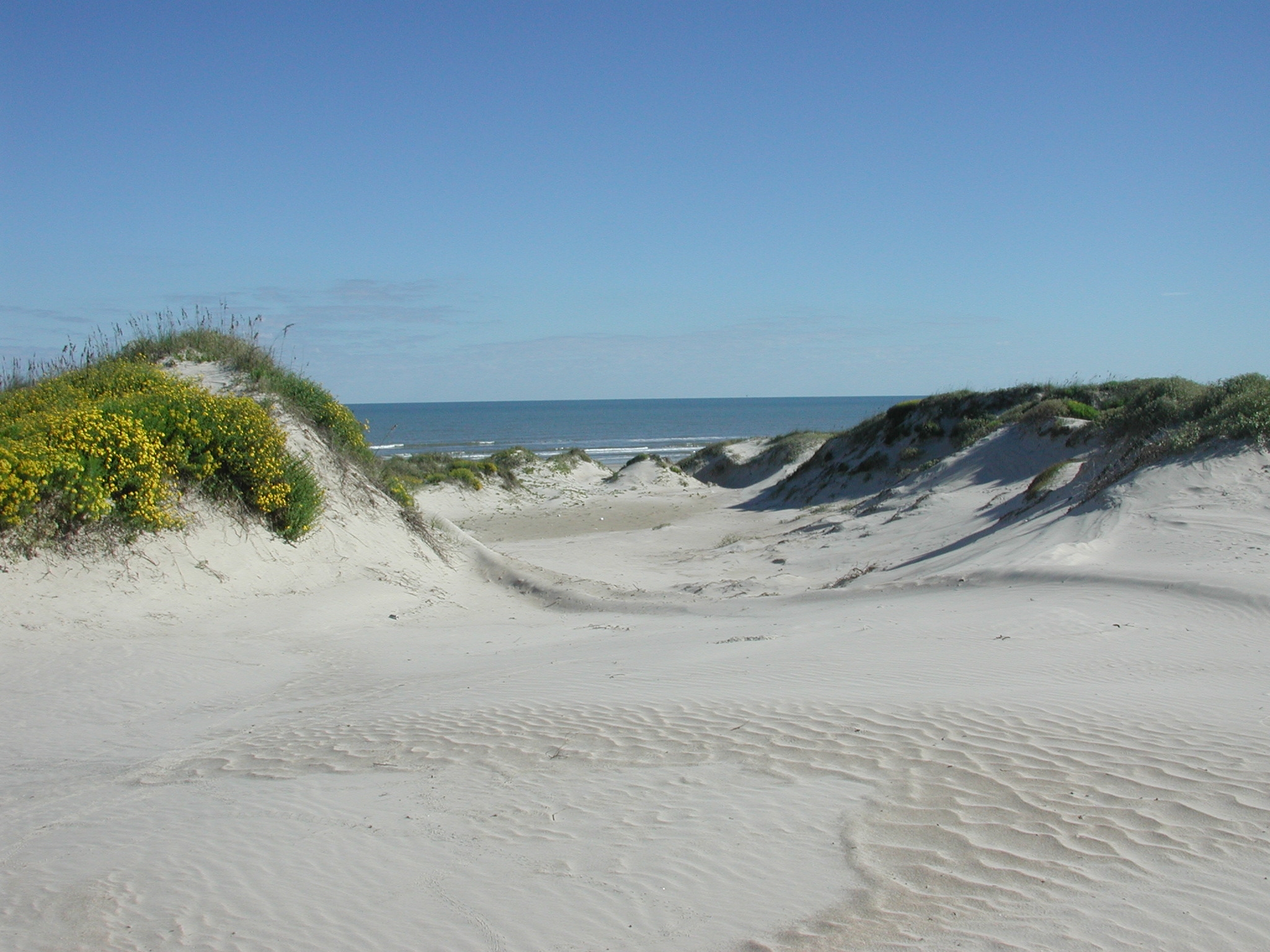Soaring Saguaro Splendors: The Definitive Tucson, Arizona Park Guide
Planning a visit? Check out the Saguaro National Park page for visitor info, directions, and what to do when you get there.

Explore Saguaro National Park in Tucson, Arizona with our comprehensive visitor guide featuring activities, tips, and local insights.
Title: Soaring Saguaro Splendors: The Definitive Tucson, Arizona Park Guide
Description: Experience the magnificence of America’s largest cacti and explore the untamed beauty of the desert at Saguaro National Park in Tucson, Arizona.
Excerpt: Discover the majesty of colossal saguaro cacti and unearth hidden gems of the desert in this insightful guide to Saguaro National Park.
Introduction: Saguaros’ Sanctuary
From its humble beginnings as a National Monument in 1933, to its current status as a captivating national park spanning over 91,000 acres, Saguaro National Park in Tucson, Arizona is an embodiment of raw natural allure. This mesmerizing enclave is home to the country’s largest concentration of saguaro cacti – colossal emblems of endurance towering over a landscape awash with desert hues. Amidst this high-desert setting are plentiful trails that weave through forests of these giant sentinels standing guard over a playground for outdoor enthusiasts. In this comprehensive guide, we journey through history, unearth geological wonders, highlight scenic trails, provide practical visitor information, and offer insider tips tailored to various groups. Prepare yourself for an unforgettable adventure through this iconic symbol of America’s Southwest!
Historical Background: The Saga of Saguaros
Despite its arid appearance today, what’s now known as Saguaro National Park was once submerged under sea waters millions years ago. Fossil records have revealed that marine life once thrived here during the Miocene Epoch around 23 million years ago. Fast forward to approximately twelve thousand years back when Paleo-Indians first called this area home; they relied on diverse local flora and fauna for subsistence.
The name ‘saguaro’ itself has Spanish origins but it actually originated from ‘sahuar,’ a native word by Tohono O’odham people who have deep spiritual connections with these majestic giants. Saguaros, only found in a small portion of United States and Mexico, officially gained protective status in 1933 under President Herbert Hoover’s proclamation establishing Saguaro National Monument. Later, it was elevated to a national park status by Congress in 1994, reflecting its significant ecological and cultural value.
Activities & Attractions: Desert Discoveries
Uncover myriad experiences amidst the silent sentinels of the desert here at Saguaro National Park. Hiking is undoubtedly the best way to explore this landscape; experienced hikers can tackle the strenuous 9-mile Tanque Verde Ridge Trail or the challenging 6-mile Hugh Norris trail for breathtaking panoramic views.
For those who prefer lighter activities, there’s Cactus Forest Drive – a scenic 8-mile loop graced with impressive saguaro lined roads. Try an evening drive for that perfect instaworthy shot of silhouetted saguaros against a palette of fiery sunset hues.
Nature talks and guided walks led by park rangers are precious learning avenues not just about saguaros but also about other desert plants and wildlife like javelinas, coyotes, and Gila monsters! Summer brings night sky programs where you can appreciate clear desert skies adorned with clusters of stars - an absolute treat for astronomy enthusiasts.
Visitor Information: Navigating Nature
Saguaro National Park is open all year round from sunrise to sunset with visitor centers operating daily except on major holidays. The entrance fee is $25 per vehicle valid for seven days; annual passes are also available at $45.
Parking spaces are generally abundant within the park but they fill up quickly during peak seasons (November-April) so arriving early or visiting mid-week can save you from parking woes. Water sources are limited so carry enough water especially during summer months when temperatures soar above 100°F.
Accessibility-wise, both Rincon Mountain and Tucson Mountain District have wheelchair-accessible facilities including restrooms, picnic areas, visitor centers, and some short trails. For emergencies within the park, contact the Pima County Sheriff’s Office.
Tips for Different Visitors
Families with young ones can enjoy shorter hikes like the half-mile Desert Ecology Trail or Valley View Overlook trail. Photographers will love capturing poetic sunrise or sunset moments at Gates Pass. Hikers gearing up for challenging trails should be well-prepared with hiking boots, sun protection, ample water and snacks.
For first-time visitors, must-sees include the Signal Hill Petroglyphs – a fascinating window into ancient Native American cultures. Those with mobility limitations will appreciate the Cactus Garden near Rincon Mountain Visitor Center which offers easy accessibility to view a variety of desert plants.
Winter and spring visits offer cooler temperatures making outdoor activities more enjoyable. However, if you’d like to witness saguaros in bloom – a magical sight indeed - plan your visit between late May to June.
Beyond the Park: Tucson Treasures
Venture beyond Saguaro National Park for more diverse experiences! Visit San Xavier del Bac Mission just 30 minutes from the park - a stunning 18th century Spanish Colonial church. Food lovers must explore Tucson’s vibrant culinary scene; it’s recognized as a UNESCO City of Gastronomy!
If you’re planning for an extended stay, book accommodations ahead of time especially during peak season; options range from budget-friendly hotels to luxury resorts around Tucson area.
Conclusion: Standing Tall With Saguaros
Visit Saguaro National Park in Tucson, Arizona for an immersion into a realm where towering saguaro cacti reign supreme against dramatic desert backdrops. Here lies not just an escape into nature’s fold but also a profound understanding of how life thrives amidst adversity - much like these towering giants that have stood tall through millennia. Embark on this unforgettable desert journey today!
Frequently Asked Questions
What are the entrance fees and operating hours for Saguaro National Park?
The park charges $25 per vehicle for a 7-day pass, $30 for a motorcycle, and $15 for individuals on foot or bicycle. The park operates year-round, with visitor centers typically open from 9:00 AM to 5:00 PM. The park roads and trails are accessible from sunrise to sunset.
What is the best time of year to visit Saguaro National Park?
The ideal visiting months are October through April when temperatures are comfortable for hiking. Spring (March-May) offers wildflower blooms, while winter provides pleasant daytime temperatures. Summer months can be extremely hot with temperatures exceeding 100°F, making hiking dangerous during midday.
How long does it take for a saguaro cactus to grow arms?
Saguaro cacti typically don't grow their first arm until they're 50-70 years old, standing about 12-15 feet tall. Some saguaros never develop arms, while others may have 10 or more. These iconic cacti can live 150-200 years and reach heights of 40-60 feet.
Are there different sections of Saguaro National Park to visit?
Yes! The park has two districts: Saguaro East (Rincon Mountain District) and Saguaro West (Tucson Mountain District), separated by the city of Tucson. Each offers unique experiences - the East district features wilderness hiking and higher elevations, while the West district has the famous Desert Discovery Trail and scenic loop drive.
What wildlife might I encounter in Saguaro National Park?
The Sonoran Desert is home to diverse wildlife including javelinas, coyotes, desert tortoises, Gila monsters, roadrunners, and over 200 bird species. You might also see bobcats, mountain lions (rare), and various snake species. Most animals are active during cooler morning and evening hours.
What should I bring for a visit to Saguaro National Park?
Essential items include plenty of water (1 gallon per person per day in summer), sun protection (hat, sunscreen, sunglasses), sturdy hiking boots, and layers for temperature changes. Bring a camera for the stunning desert landscapes and consider binoculars for wildlife viewing.
Can I camp overnight in Saguaro National Park?
Frontcountry camping is not available, but backcountry camping is permitted in the Saguaro East wilderness area with a free permit. Most visitors stay in nearby Tucson accommodations. The park offers excellent stargazing opportunities during evening programs when available.
